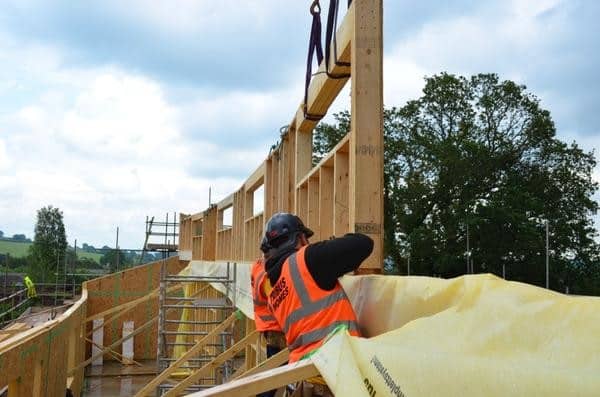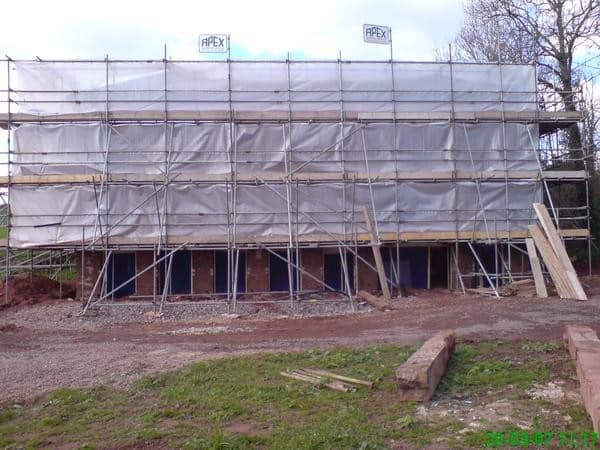SPECIFICATION GENERATOR
Find out which low impact materials are right for your building project.
Saving time and money during your sustainable building project
Find out more about our approach to this building scenario.

implicity is the key to cost effective design. Simple, solid walled structures (timber or masonry), without cavities are easier to build and are likely to be built to a higher standard because of this. Wood fibre insulation systems and insulated clay block systems such as Porotherm, give rise to some of the most simple but effective structures possible. Because of their unique properties many of the layers, cavities and membranes are removed from the design making walls more slender and the insulation more effective.
Before even drawing up a design it is worth deciding on your building systems and materials. There will be many details and design quirks which are specific to the systems you choose which will need designing in. If your architect and builder know this from the start then you won’t waste time and money on redesigning as the build proceeds.
Stick to your design and construction method. The best way to waste money and create potential problems is to change the design as construction proceeds. This is not to say that any design errors shouldn’t be rectified but try to iron problems out before the project goes to site. You should also make an allowance for errors and changes.
How do I save time on my build?

Saving time in some ways is the same as saving money and so many of the points above also apply. Simplicity of design is key to fast, effective construction. The other, out of most people’s control, is the weather.
If you plan to start when traditionally you’re likely to get heavy rain (essentially any time of the year in the UK) then consider starting at a different time or cover the site with a scaffold cover. If the weather turns out to be good you’ll have wasted some money. If the weather turns out to be bad (which it normally does when you start building) it will be the best investment you’ve ever made. This way, come what may, everyone can carry on working and get the outside of the building finished and you’ve got somewhere dry to store your materials.
In addition to careful preparation and design, sticking to your design and choosing a good contractor is to let a professional project manage for you. This is a lot like blaspheming to many but unless you have experience of running building projects, a lack of understanding, construction knowledge and good contacts will slow the project, making it more costly and vastly more stressful.
The final point is to think of contingencies for the critical areas of the build. If there are elements that you are not sure of, try and create alternatives in advance so as not to delay work on site if the worst happens. In addition to this have budgetary contingencies. This will enable you to quickly make decisions without the need to re-budget the build each time there is an issue.
WHAT’S NEXT?
If you want to find out more about how to effectively manage your sustainable building project, check out The Self-Build Series. This series of guides has been put together to you understand sustainable construction. We hope you find them useful!
